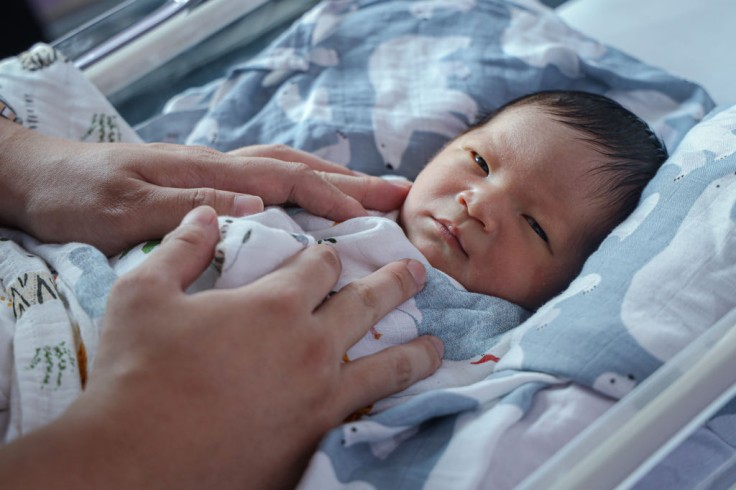
Sudden Infant Death Syndrome, commonly known as SIDS, has been alarmingly increasing in the past few years.
According to a recent study published in the journal Pediatrics, there has been a troubling 15% rise in sudden infant death syndrome (SIDS) from 2018 to 2020.
This trend has garnered significant concern from both pediatricians and parents.
SIDS, which typically occurs during sleep or in the baby's sleep area, has become the third most common cause of infant mortality in the United States and is the leading cause of death for babies aged between 1 month and 1 year old.
SIDS' racial disparity in infant deaths
According to Health Matters, the study revealed a stark contrast in the rate of sudden and unexpected infant deaths among non-Hispanic Black and non-Hispanic White babies in 2020.
Non-Hispanic Black infants died at a rate nearly three times higher than non-Hispanic White infants, underscoring the increasing racial divide in infant mortality.
As per Dr. Rebecca F. Carlin, a pediatrician at NewYork-Presbyterian/Columbia University Irving Medical Center, there has been a longstanding gap in the frequency of sleep-related fatalities in the United States, and it is distressing to observe it escalate even more.
The Washington Post reported that the authors of the study urged more research on their findings.
The researchers are highlight that the COVID-19 pandemic has worsened the problem of overcrowded housing, food insecurity, and other stressors, especially among Black families.
This may have resulted in less safe sleeping practices, such as bed sharing.
Moreover, sleep position and environment are crucial factors to consider when ensuring infant sleep safety.
Angie Hayes, a clinical research associate in pediatrics and public health at Baylor University College of Medicine and Texas Children's Hospital in Houston, stressed that the safest way for a baby to sleep is on their back, with their face facing upwards.
Infants should not be placed on soft bedding or any surface that might cause them to sink in and roll over, which means no blankets, toys, or crib bumpers.
Bed-Sharing: a large contributor to sleep-related infant deaths
Infants who are very young have limited ability to control the positioning of their airway, which can result in suffocation during sleep.
According to the U.S. News, Hayes suggests that parents should keep their babies in the same room but not the same bed to prevent such instances.
Bed sharing is known to be a significant contributor to sleep-related infant fatalities.
They can place their babies to sleep on their backs, use a firm and flat sleep surface, keep soft objects and loose bedding out of the sleep area, and avoid bed sharing.
Room sharing is encouraged, but parents should not share a bed with their babies. Additionally, parents should not allow smoking around their babies, as it can increase the risk of SIDS.
It is important for parents to take advantage of resources provided by hospitals and healthcare organizations to promote safe sleep practices.
In conclusion, SIDS is a serious and alarming issue that affects too many families in the United States. It is crucial for parents to be knowledgeable about best practices for their babies' sleep safety.
The increase in SIDS rates during the pandemic is concerning, but parents can take steps to ensure their babies sleep safely.
By following the recommendations of pediatricians and health care organizations, parents can help prevent sleep-related infant deaths and keep their babies safe.